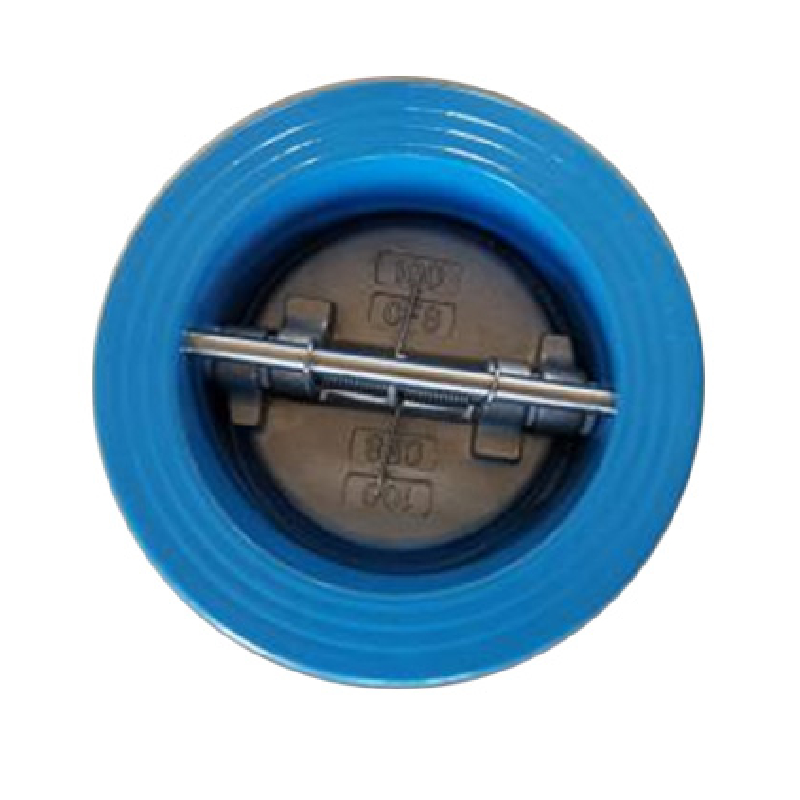Desemba . 30, 2024 12:06 Back to list
standard wire and cable
Understanding Standard Wire and Cable Types, Applications, and Specifications
Wires and cables are fundamental components in electrical systems, serving as conduits for electrical energy and communication signals. As technology continues to advance, the importance of selecting the right type of wire and cable is paramount for efficiency, safety, and performance. This article explores the various types of standard wire and cable, their applications, and the specifications that govern their use.
Types of Standard Wire and Cable
1. Electrical Wires Electrical wires are classified based on the conductor type, insulation material, and intended application. The most common types include
- Copper Wires Copper is widely used for its excellent conductivity, flexibility, and resistance to corrosion. Common applications include telecommunications, power distribution, and residential wiring. - Aluminum Wires Lighter and less expensive than copper, aluminum wires are often used in overhead power lines and large electrical installations. However, they require careful installation due to mechanical and thermal issues.
- PVC (Polyvinyl Chloride) PVC insulation is commonly used in a variety of wires, known for its durability and resistance to moisture, chemicals, and abrasion. It is ideal for indoor installations and residential applications.
2. Cables Cables consist of multiple wires bundled together and are typically used for more complex electrical applications. Key types include
- Multiconductor Cables These cables contain two or more conductors and are often used in control systems and instrumentation applications. They are available in shielded or unshielded varieties to reduce electromagnetic interference (EMI).
- Coaxial Cables Coaxial cables consist of a central conductor, insulating layer, metallic shield, and outer jacket. They are commonly used for video and data transmission due to their ability to carry high-frequency signals with minimal loss.
- Fiber Optic Cables Utilizing light to transmit data, fiber optic cables offer high-speed communication over long distances with minimal signal degradation. They are essential in telecommunications and internet infrastructure.
Applications of Wire and Cable
The applications of standard wire and cable are vast and varied. Industries ranging from residential and commercial construction to telecommunications and transportation rely on these components to function effectively. Some notable applications include
standard wire and cable

- Residential Wiring Standard insulated wires are used to power lighting fixtures, outlets, and electrical appliances in homes.
- Industrial Automation Cables play a crucial role in machinery and equipment control, allowing for communication between sensors, controllers, and actuators.
- Telecommunications Wires and cables are fundamental to telecommunications networks, facilitating data transfer and connectivity in phones, the internet, and television.
- Renewable Energy In solar and wind energy systems, specialized cables are used for power generation and distribution, ensuring efficient energy transfer from the source to the grid.
Specifications of Wire and Cable
When selecting wire and cable, several specifications must be considered to ensure compliance with industry standards and safety regulations
- AWG (American Wire Gauge) Wire sizes are often measured using the AWG system, where a lower number indicates a thicker wire. Proper sizing is critical for current capacity and minimizing voltage drop.
- Temperature Rating Wires and cables have specific temperature ratings that denote the maximum operating temperature. This is essential for applications in high-heat environments.
- Voltage Rating Ensuring that the wire or cable can handle the voltage level of the application is crucial for safety and performance.
- Insulation Type The choice of insulation affects the wire's ability to resist heat, chemicals, and moisture. Common insulation types include THHN (Thermoplastic High Heat-resistant Nylon-coated) and UF (Underground Feeder).
In conclusion, understanding standard wire and cable is essential for anyone involved in electrical installations or maintenance. By selecting the appropriate type, application, and specifications, one can ensure not only optimal performance but also safety and longevity in electrical systems. As technology evolves, ongoing advancements in wire and cable design will continue to play a vital role in our modern infrastructure.
Share